When last I wrote, I had summarized the experiences with libraries in Iceland and Finland. I hadn’t finished exploring Helsinki University and its library, which is what I intend to do here.Looking back, it’s amazing how recent the trip was and yet how distant it seems. I use the images I took as the key way to re-immerse myself in the context and culture of the libraries within those magical, foreign countries.
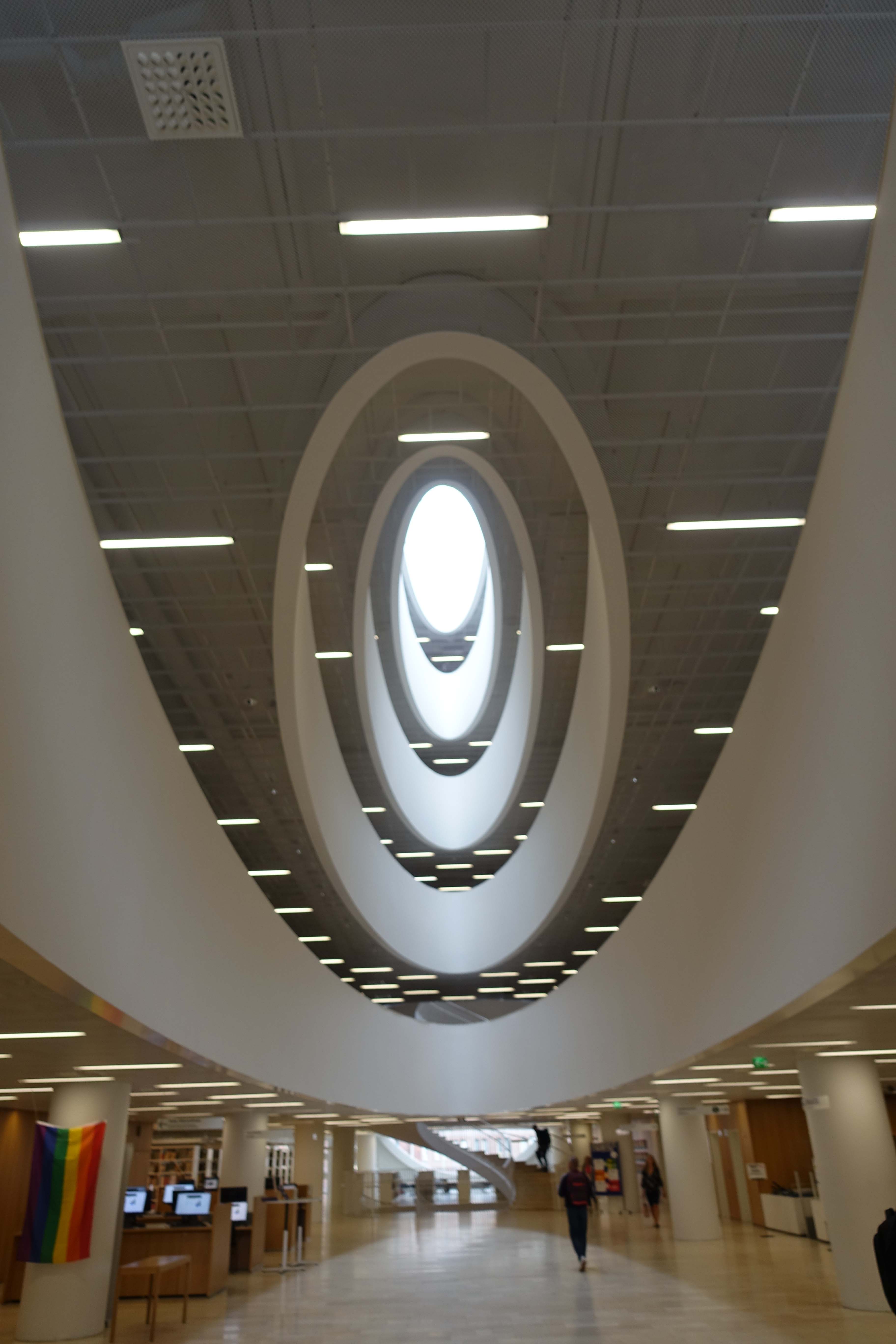
When my friends ask about some of my library visits, they are really curious about how I think about, in advance, the libraries I’m going to see and explore. In some ways it’s serendipitous; in other ways it’s planned. With Helsinki University, I reached out ahead of time. I actually asked the National Library of Finland first, but they suggested I take my perspective directly to the academic library, with which my interests and work is more directly aligned. I didn’t complain, of course, and was grateful for the encouragement.

Setting up a time to meet the folks at Helsinki University was easy enough. In fact, I ended up meeting the Marketing Coordinator, Veera Ristikartano, who presented to me for about an hour and then toured me around the physical building (an architectural marvel) for about an hour. The main takeaways of the visit? A) Design of space is crucial to an effective library operation; B) the digital world and the digital collection is not new and not surprising; C) it helps to have a metro stop in the basement of your library; and D) a sense of calm and patience gives an inspiring sense of identity to the wait learning can occur within the library’s walls.
Since Michael Moore discussed Finland and the education system contained therein, one that is known around the world for its success and its focus on play, individual learning, anti-homework, and anti-state-testing, we’ve all been eagerly watching and cynically criticizing our own systems. As the “American system,” entwined with capitalism and falling into the pits throughout the public sector, gets more and more dismal, what can we do but turn to the success stories for inspiration? But ironically, as Veera instilled, much of the “system” that works in Finland is based on techniques and strategies originally developed by Americans.
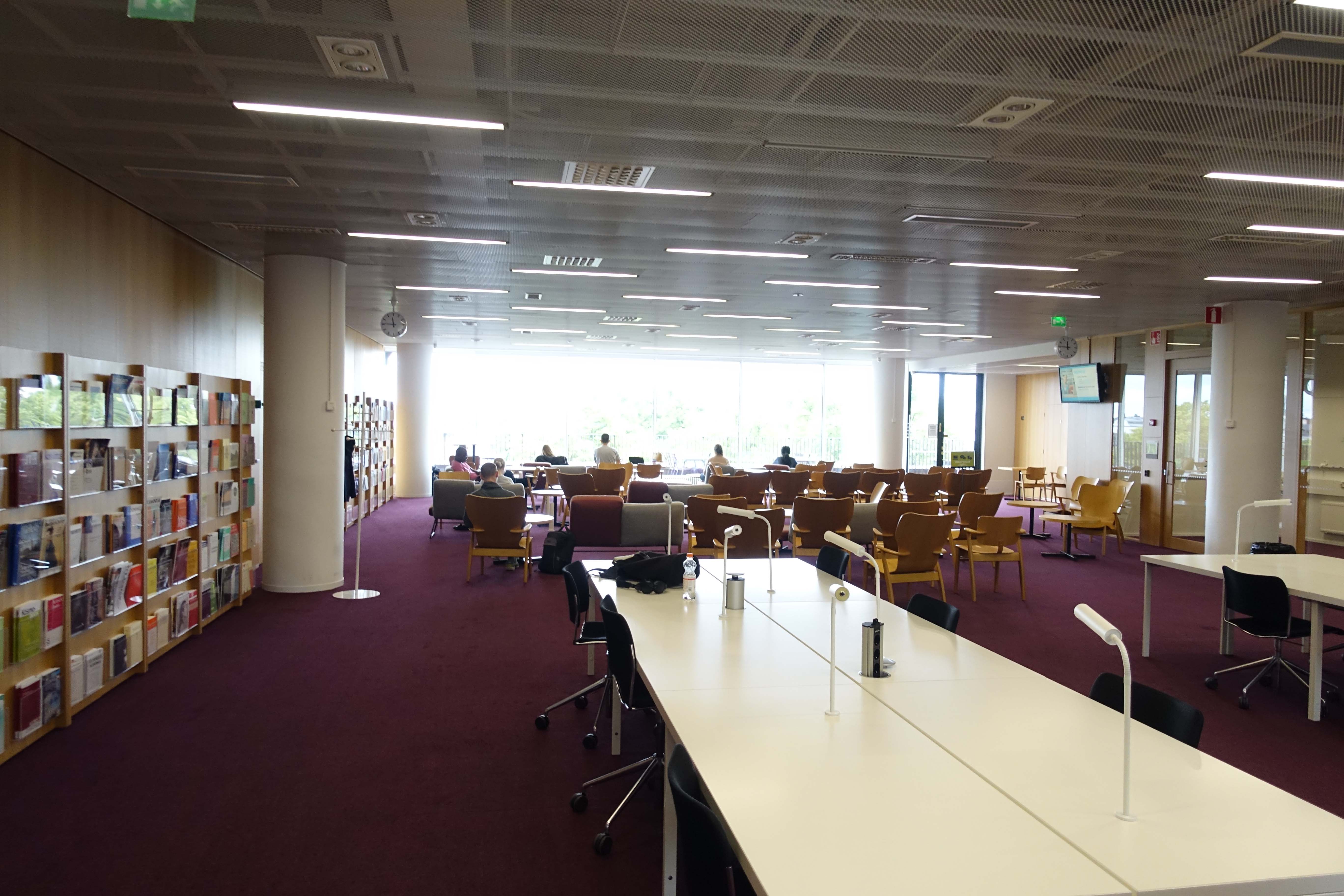
Thus, to think of Education and any educational system means to think beyond education: to think of values of humanity, goals of citizenship and society, and the fluidity and endless emphasis of community and neighbors. Of course, that didn’t come up too directly in the meeting at Helsinki University, but I certainly felt the kindness and openness within that library reminding me of what the library really can bring, can do, as the center space where these themes erupt and these conversations are held.
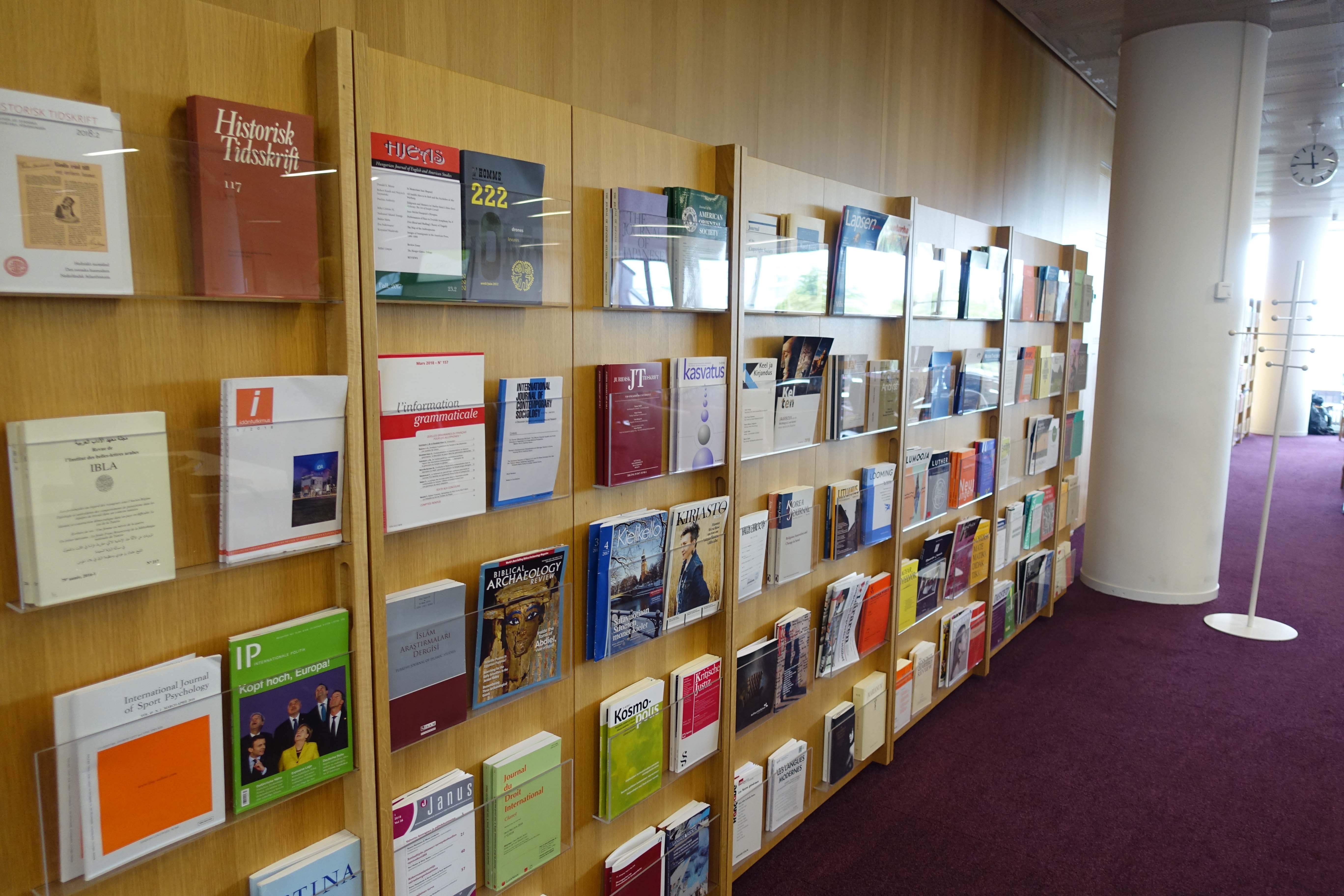
One of the things I appreciated about the physical space of the Helsinki University Library was its compactness. The digital realms, of which I haven’t explored fully, I imagine as these immense spaces that are dominant, taking up most of the students’ time. As a major research university, I imagine too most of the work being done with library resources not actually occurring at the school, but throughout the network and landscape of all the peripheral organizations and spaces researchers and academic workers are doing their activities. As such, the quiet Midsummer’s campus emphasized a softness, a core of gentle, inviting proximity.
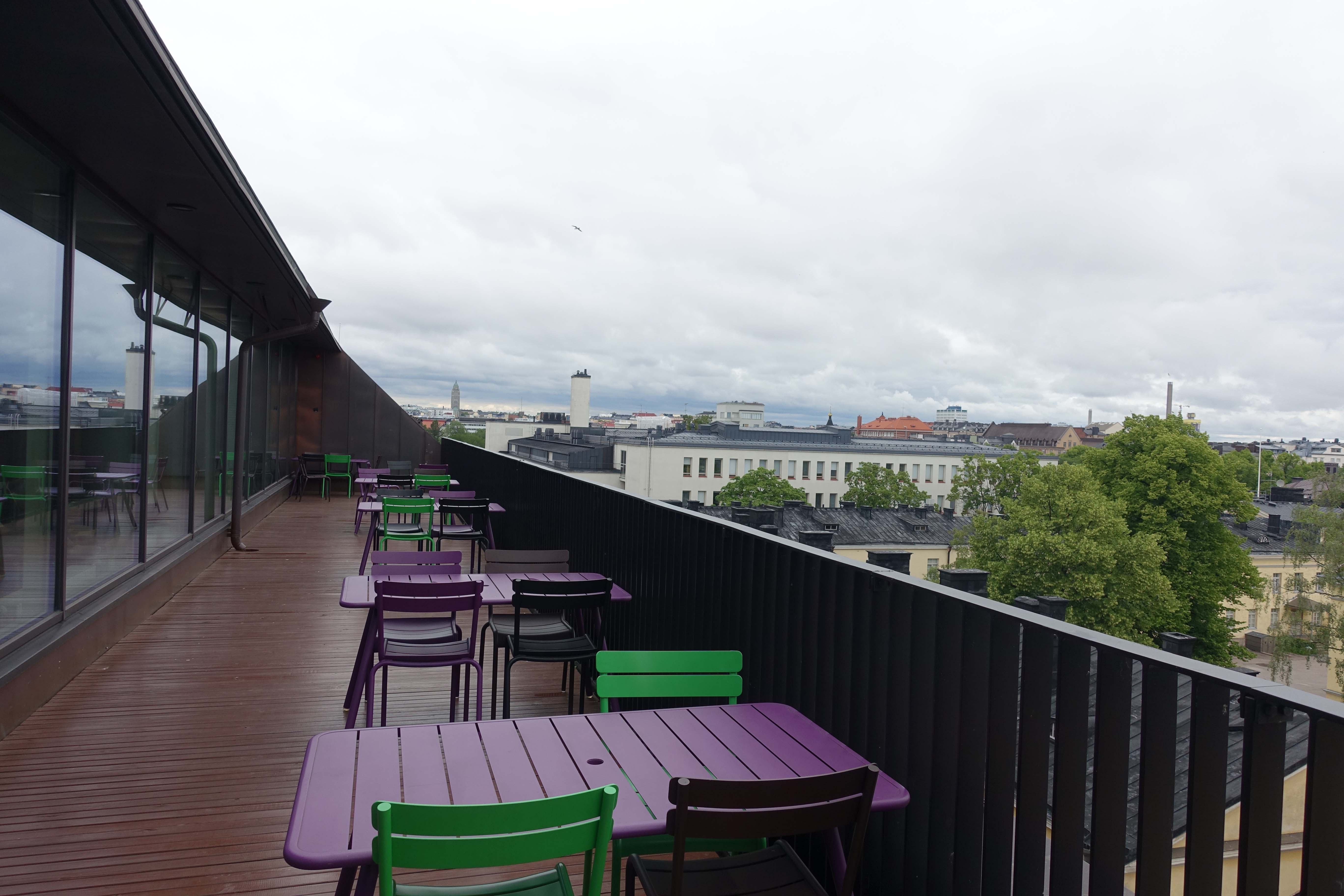
Even the patio on one of the upper floors, filled with angles and pleasant colors amidst the cloudy surroundings, gave off a sense of charm. It reminded me, too, of my apartment building’s rooftop back in Seattle.
Of course, there were more practical concerns, like the idea of bringing refreshment vending machines into the library:
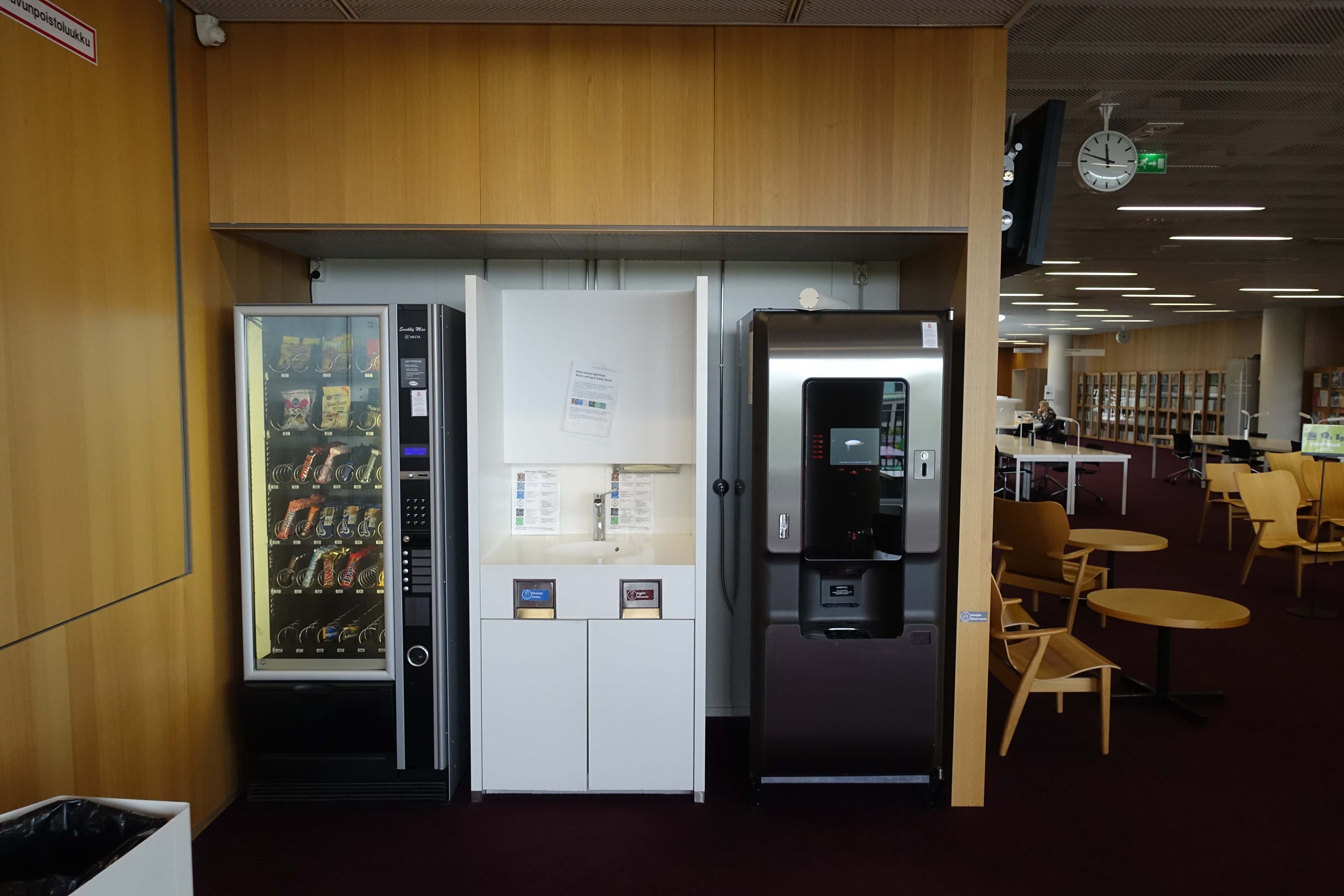
And having a “well of knowledge” in the center of each floor to serve as greater, metaphorical inspiration:

Clearly, the design of the Kaisa House space by Anttinen Architects leaves the casual visitor with a sense of awe, and whomever is actively using the space with a sense of inspiration and the urge to do great things?
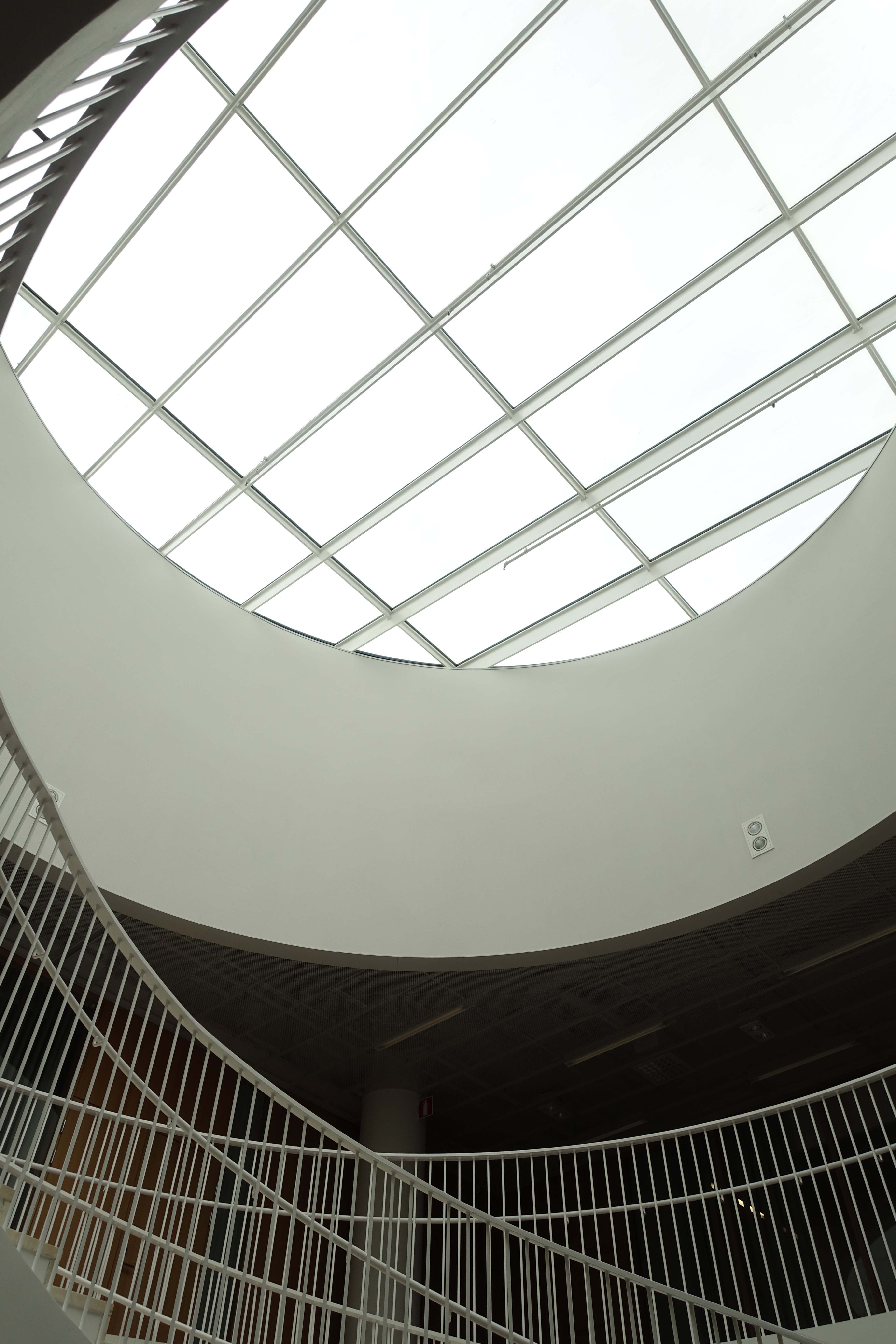
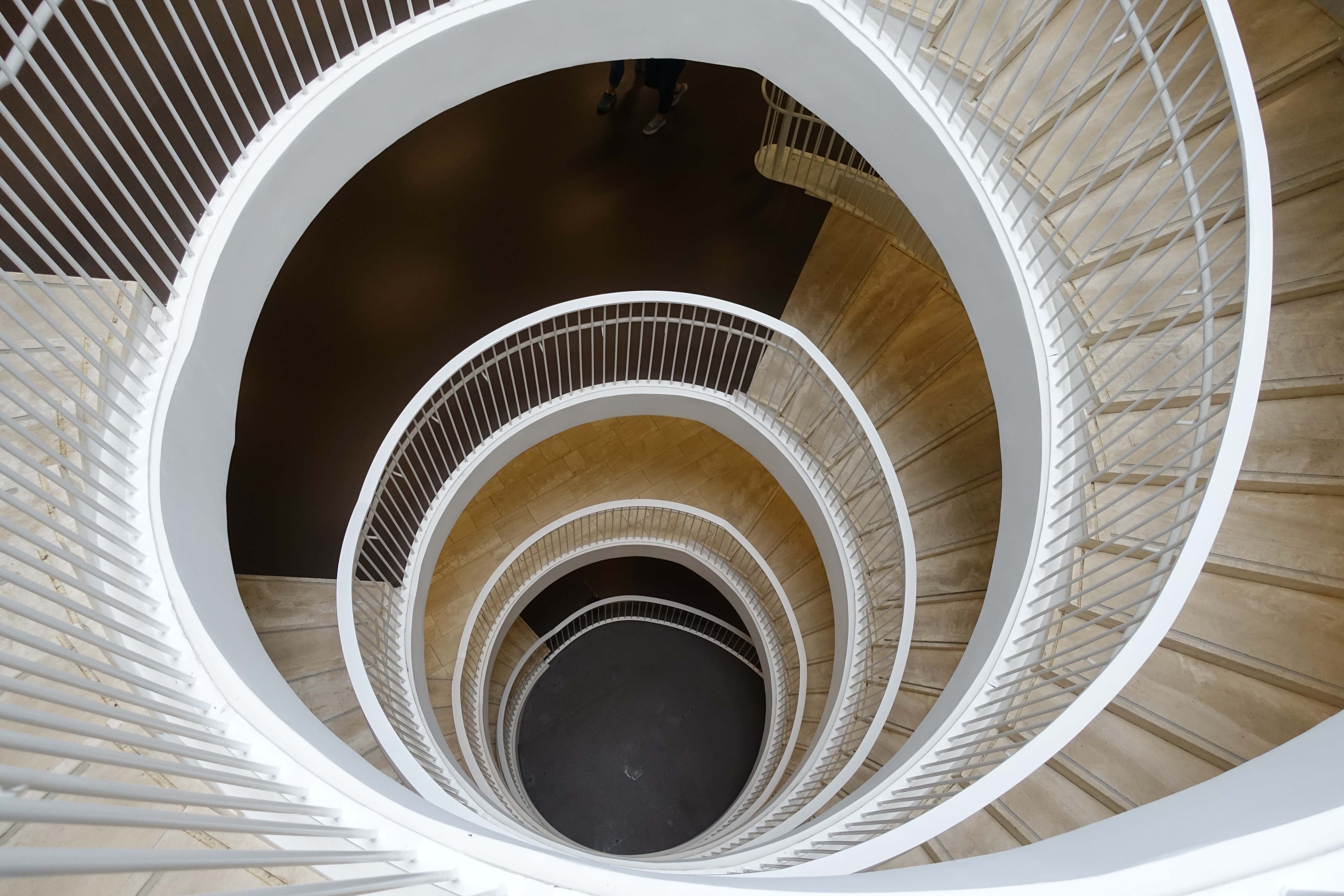
Though most of the design of the spaces within the library were not radically different from those I’d visited in the US, I couldn’t help but document the flourishes that were subtly unique. Here are some examples:


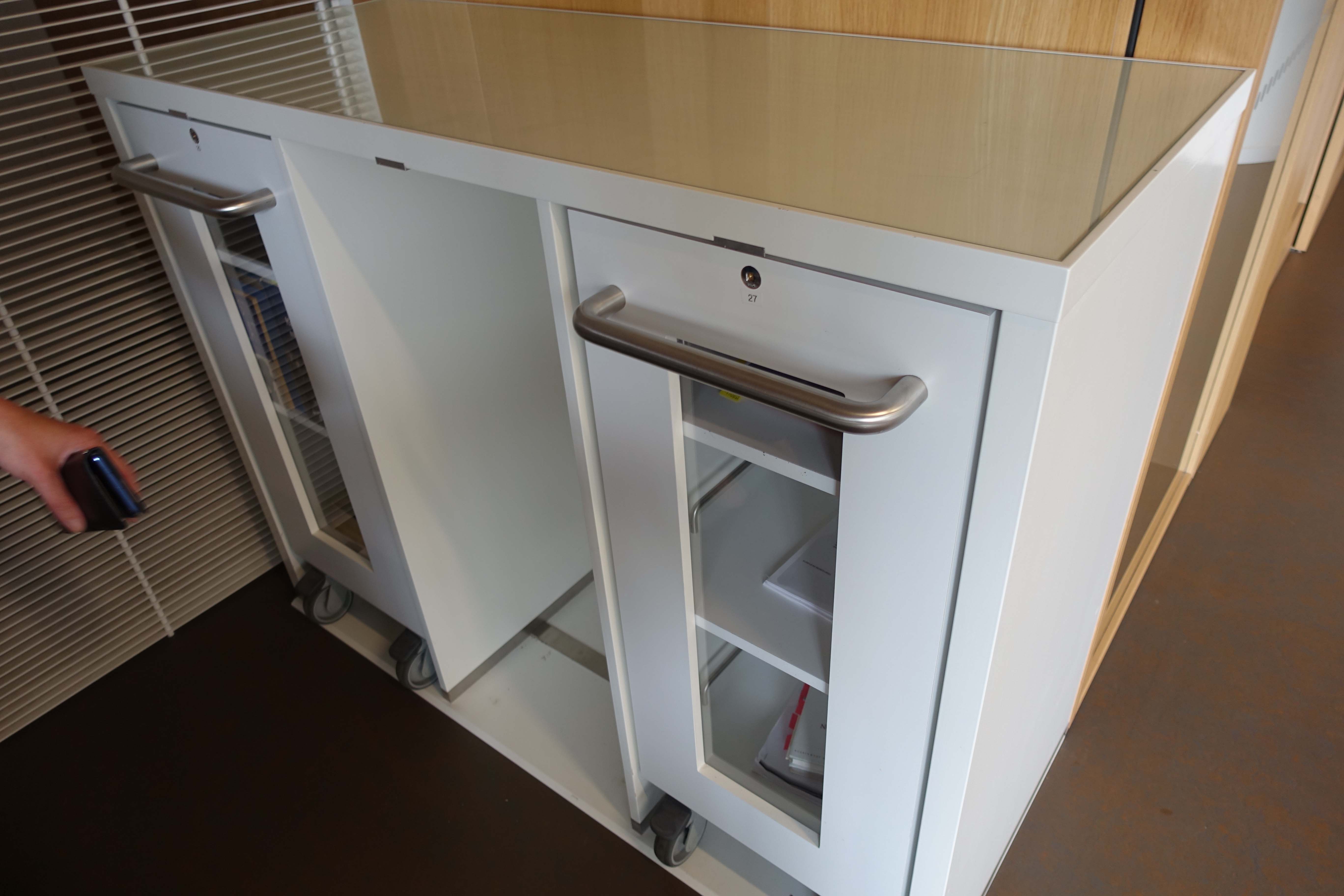

As most of the library has much better visual documentation available elsewhere online, I don’t feel like my photos need to do the experience justice. I have included below a handful of additional photos of a study space, Oppimiskeskus Aleksandria, located directly next to the main library, which has a co-working vibe. The natural light radiates downward and illuminates the furniture and installation art throughout the building.

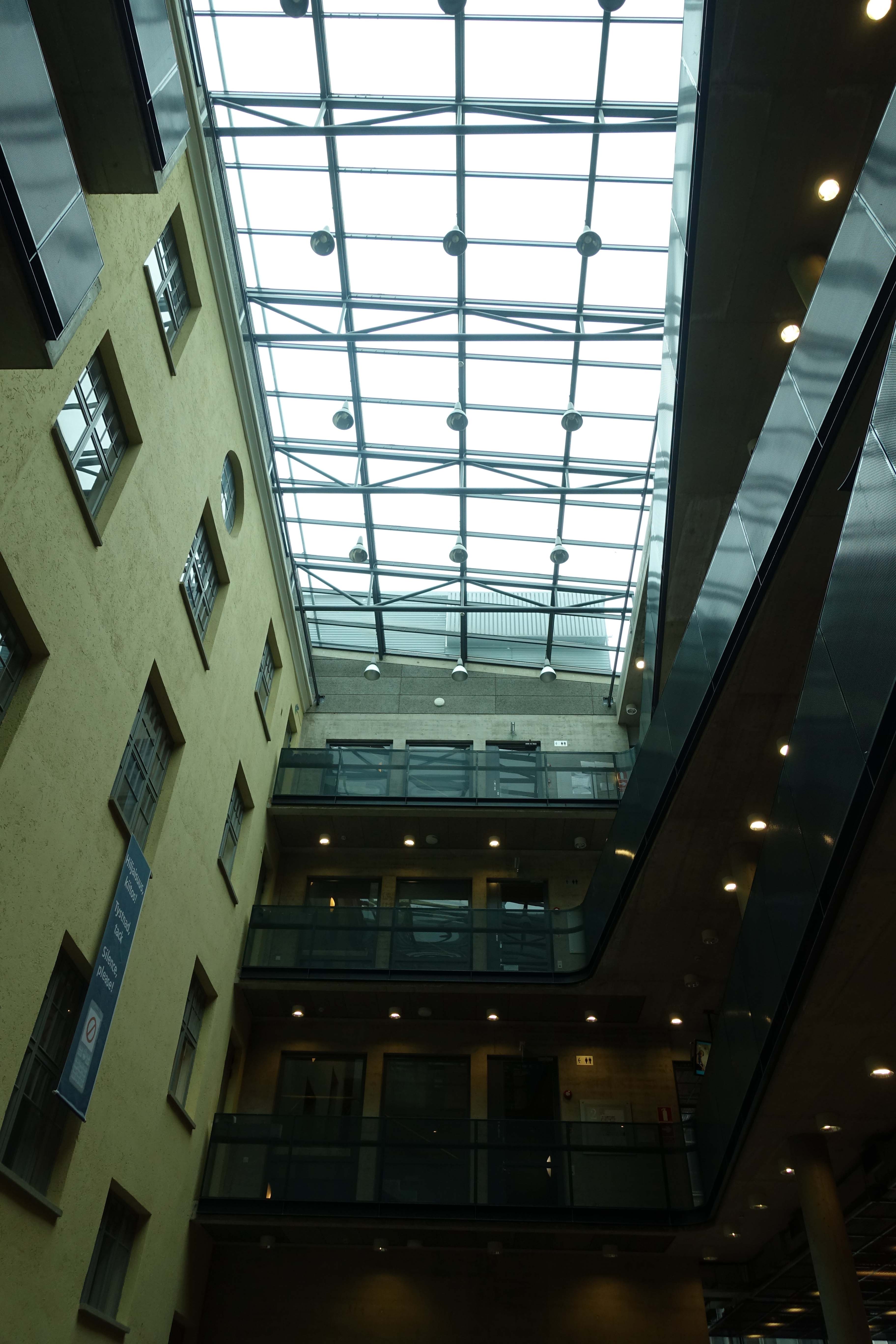
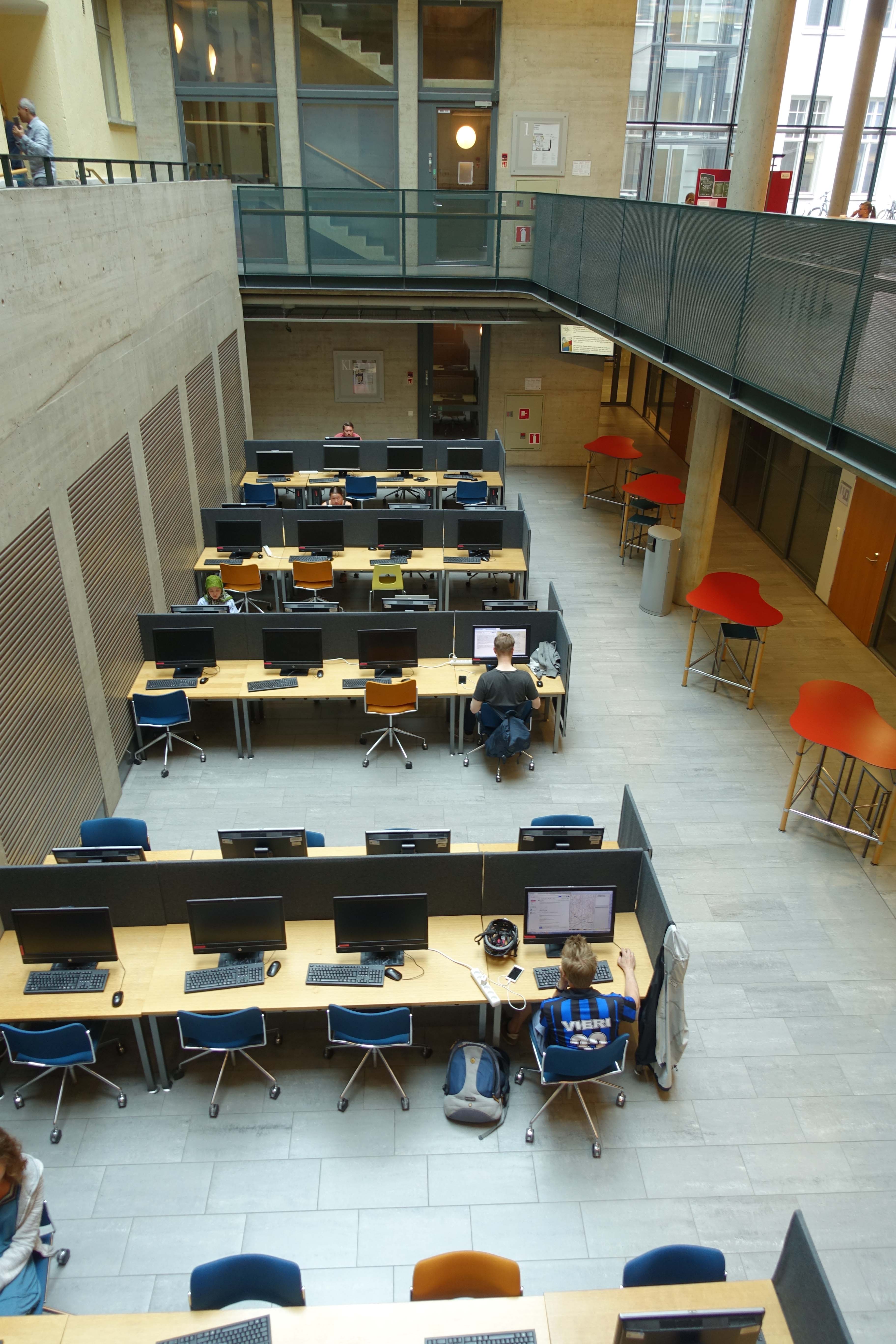
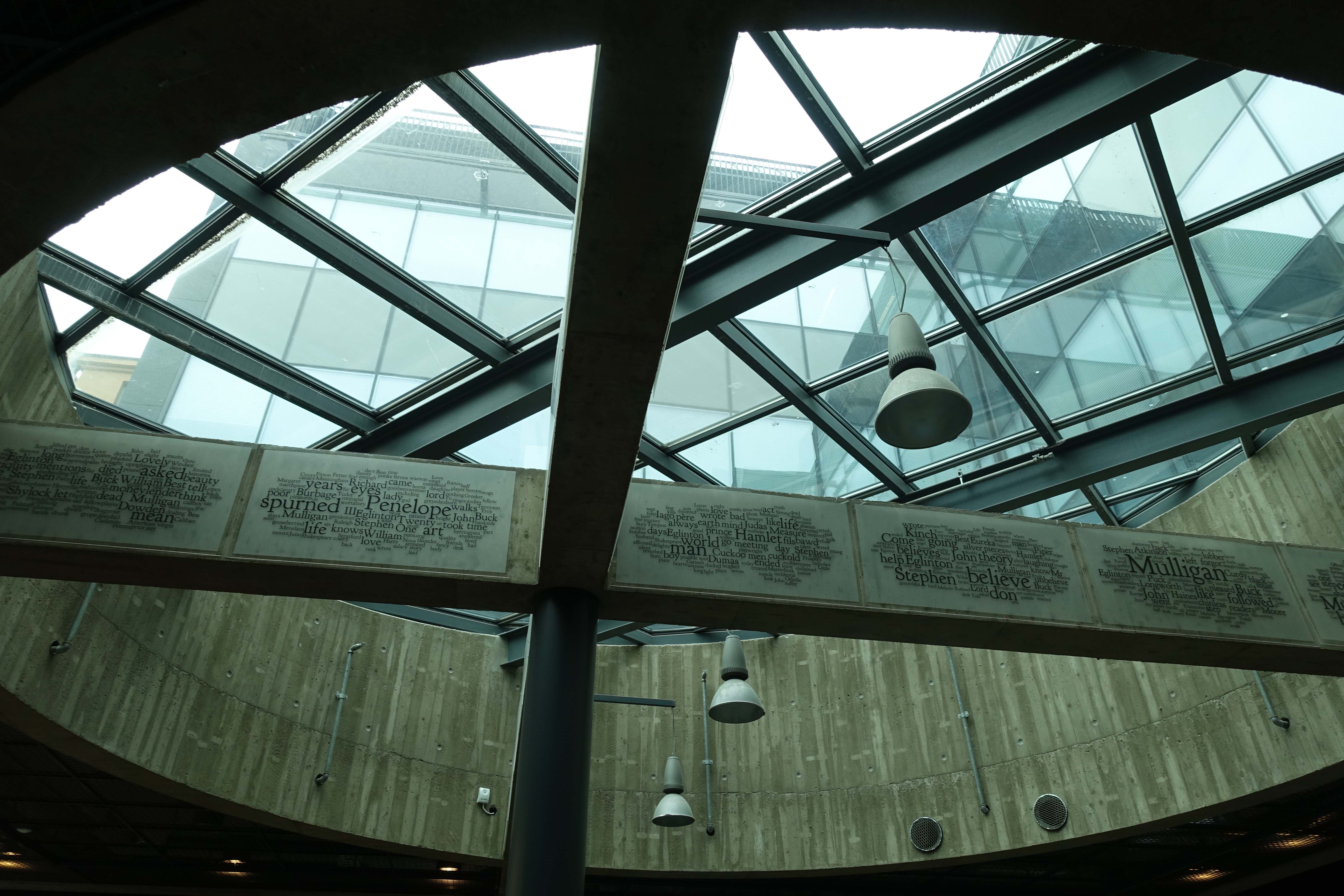
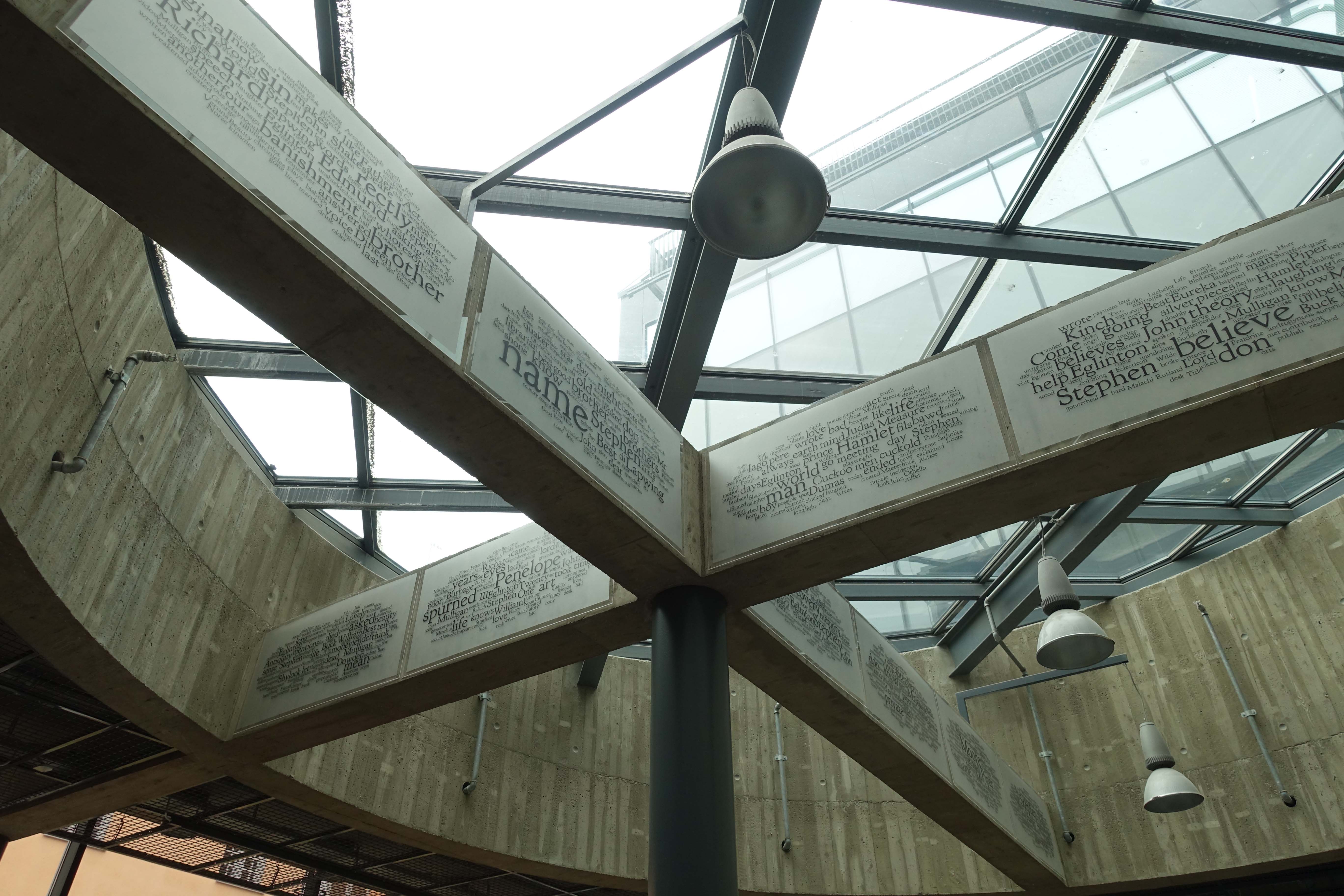
And that’s that! A quick post to balance out the long post from before. There is a lot to ponder, and lot of notes I took to respond to Veera’s bountiful quantities of information. And yet, keeping the identity of this library distilled by way of image seems to fit it quite well.
Until next time, please feel free to email me (gregbem @ gmail.com) with comments or ideas.
